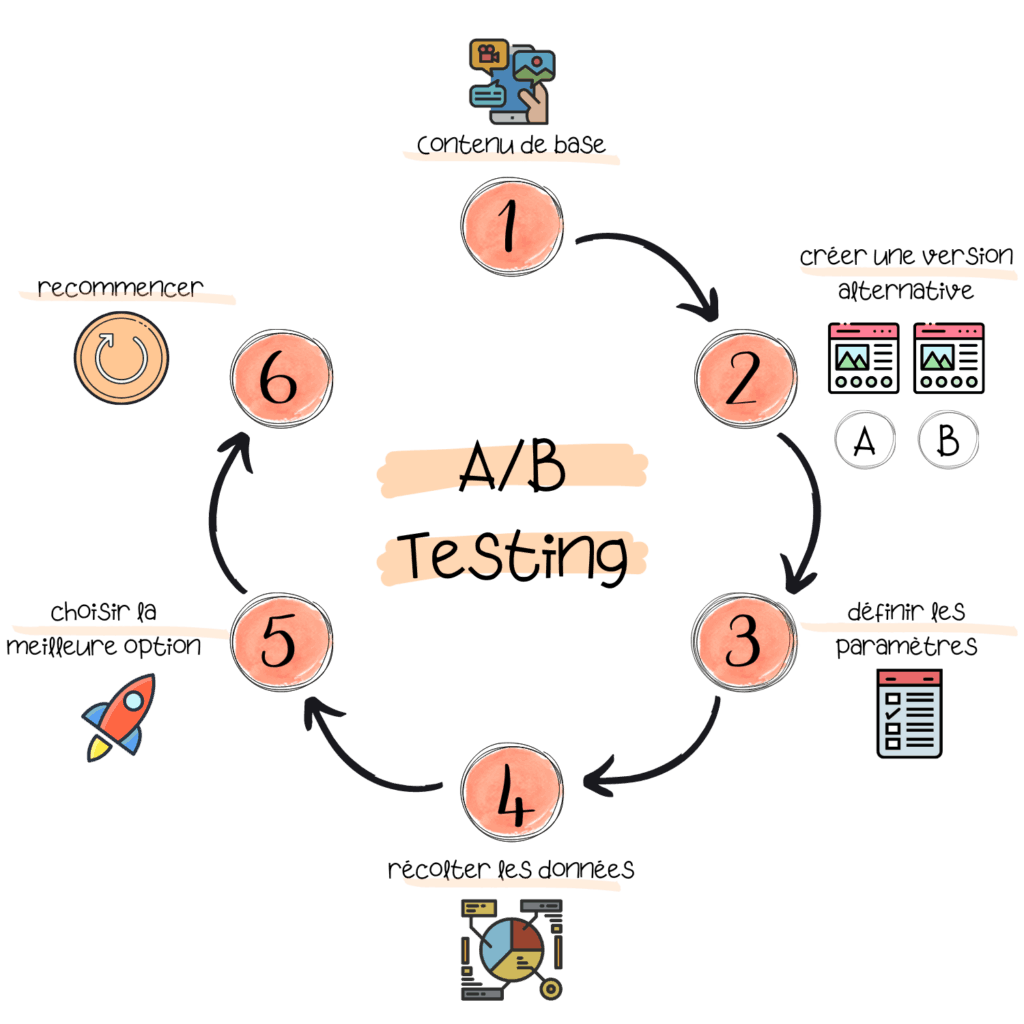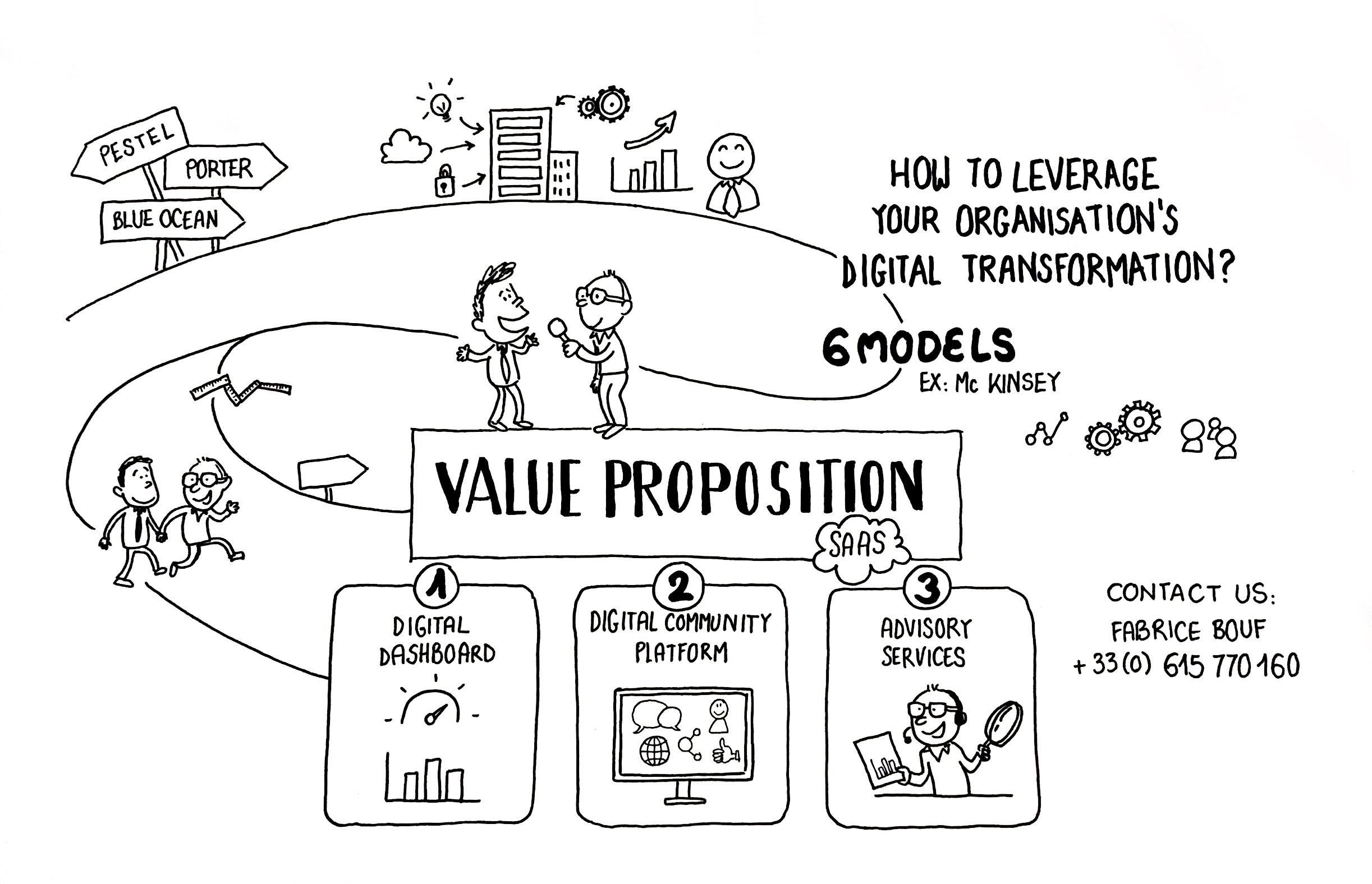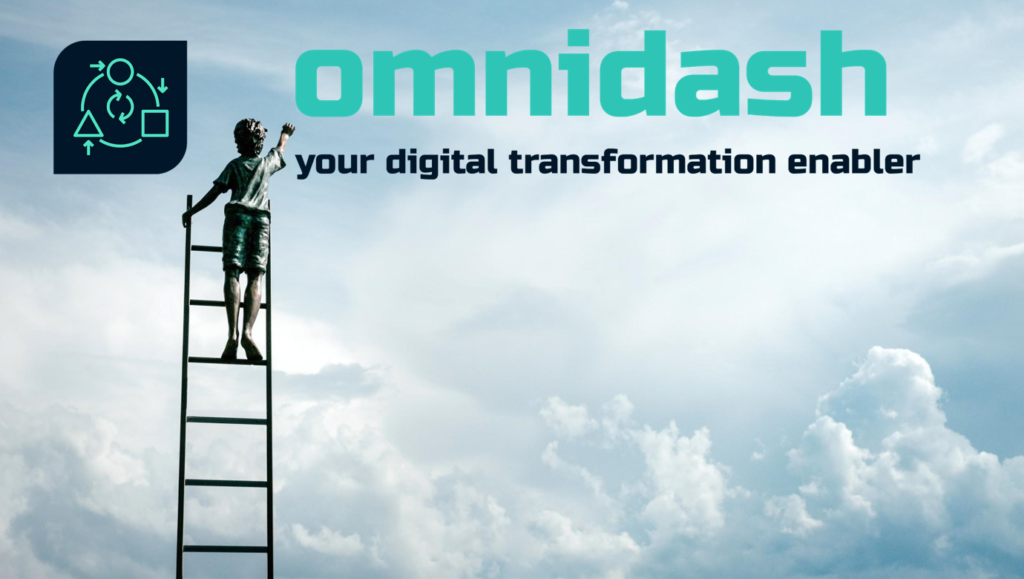
L’année 2020 a été synonyme de grands changements. La pandémie a poussé chacun à modifier son comportement, ceci autant à titre individuel qu’à l’échelle de l’entreprise. C’est ainsi que nombre d’entrepreneurs ont cherché à adopter de nouveaux comportements inspirés des modèles économiques apparus ces dernières années : télétravail, e-commerce, ou encore organisation d’événements virtuels. Passer aujourd’hui à côté du digital revient à se couper de nombreuses opportunités, et surtout à mettre son entreprise en péril. Pourtant, ce processus ne semble pas encore avoir débuté partout, et encore moins lorsqu’on parle de TPE ou de PME.
Pourquoi cela ? Les dirigeants des TPE/PME manquent cruellement de temps, ne savent pas vers qui se tourner et ne trouvent pas de solutions adaptées aux besoins de leurs entreprises. Malgré les nombreuses démonstrations prouvant que le numérique est un enjeu absolument essentiel pour toutes les entreprises d’aujourd’hui et de demain, certains restent sceptiques et n’arrivent pas à se projeter suffisamment pour cerner précisément les avantages d’une transformation digitale.
Mais quels sont donc ces avantages ? Le digital ouvre un horizon de possibilités et d’opportunités illimitées et il est aujourd’hui essentiel de bien le comprendre. Qu’il s’agisse d’élargir sa base clients, de se faire connaître, et donc par la suite, d’augmenter ses ventes, le digital rend également plus agile, plus flexible, et facilite la traçabilité des échanges sur toute sa chaîne de valeurs. A titre d’exemple, la méthode A/B testing permet quasi instantanément de tester et valider la meilleure approche entre deux solutions en faisant varier une caractéristique. Gardons à l’esprit que la transformation digitale doit permettre avant tout de se rapprocher de son client.
Le digital ouvre un horizon de possibilités et d'opportunités illimitées

Quel est le risque de passer à côté de sa transformation digitale ? Un chiffre est éloquent : 52% des entreprises figurant sur la liste Fortune 500 en l’an 2000 n’existent plus aujourd’hui. Pourquoi ? Simplement, parce qu’elles n’ont pas su saisir les opportunités ni s’adapter aux enjeux modernes dans un monde de plus en plus mouvant et rapide. Nous observons également chez les PME un phénomène similaire : celles qui n’ont pas encore démarré leur transformation ont plus de mal à recruter, à conserver leurs associés, manquent cruellement de visibilité, ne sont pas considérées comme innovantes et courent le risque de se faire supplanter par une startup disruptive ou une entreprise émergente.
Combien de temps consacrer à sa transformation digitale ? Il est primordial de bien définir en amont sa stratégie car on le rappelle, 72% des personnes en charge de la stratégie estiment que les investissements réalisés par leur entreprise n’ont pas généré les résultats attendus (Etude Gartner – 2019). En moyenne, une PME consacre une à deux années à sa transformation digitale. Les entreprises nouvellement créées ont tendance à se tourner vers des solutions digitales dès leur création : outils de gestion de la relation client (CRM), web marketing, business intelligence, prédictive analytics, etc.
Quelles sont alors les étapes pour une transition digitale réussie ? En ce qui concerne les PME, la méthode des 6C développée par François Cazals apporte une approche structurée et des solutions pour vous aider à choisir, puis déployer, la bonne stratégie.
Cette méthode consiste à :

En définitive, la transformation digitale est un processus long et difficile qui commence par la prise de conscience des dirigeants de la nécessité de se transformer. Cette étape passée alors il conviendra de définir la stratégie digitale en adéquation avec la mission, la vision et les valeurs de l’entreprise. On constate alors de réels succès en appliquant les méthodes de pilotage de transformation digitale maintenant éprouvées.
Article écrit en juin 2021 par Tanguy Hauchecorne pour Omnidash
Des questions ? contact@omnidash.fr
Merci pour l’inspiration à :
- Etude chiffrée sur les TPE-PME et le digital : https://www.francenum.gouv.fr/comprendre-le-numerique/la-presence-sur-internet-des-tpe-pme-en-2020-les-chiffres-cles
- Etude sur l’importance du digital de BPI France : https://lelab.bpifrance.fr/get_pdf/1919/bpifrance_le_lab_les_tendances_majeures_qui_vont_boulverser_l%27economie.pdf
- https://www.francenum.gouv.fr/comprendre-le-numerique/transformation-numerique-des-entreprises-les-etudes-retenir
- http://www.omninnov.com/2016/08/reussir-mise-place-strategie-digitale/
- https://www.unow.fr/blog/le-coin-des-experts/les-entreprises-absentes-de-lunivers-digital-disparaitront-dici-10-ans
- https://blog.comexplorer.com/e-mail-marketing-faire-un-test-a/b-pour-une-newsletter
Merci également à François Cazals, dont vous retrouverez le livre ici





